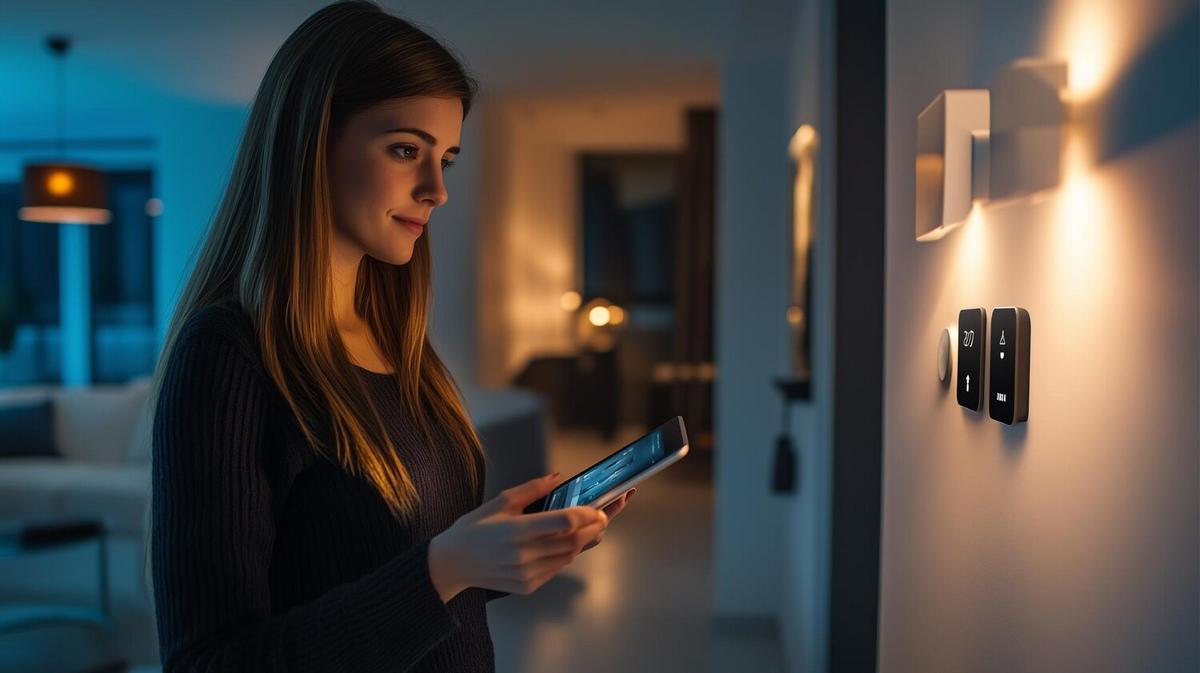Imagine walking into your home and having everything from lighting to security seamlessly integrated and controlled through one network. As smart homes increasingly become a part of our daily lives, understanding how to set up a secure smart home network is vital to protect your gadgets and personal information.
Understanding the Basics
Setting up a secure smart home network begins with understanding the components involved. A typical smart home setup includes a variety of devices like smart thermostats, cameras, and voice assistants, all connected to a central hub or router. This connectivity is what makes security crucial.
Why Security Matters
According to a 2023 report by Cybersecurity Ventures, cybercrime is expected to cost the world $10.5 trillion annually by 2025. With homes becoming smarter, they are also becoming targets for cybercriminals. Securing your smart home network helps protect your personal data and ensures your devices function properly.
Expert Insights
“A secure smart home network is not just about having a strong password. It involves configuring your devices properly and staying informed about potential vulnerabilities,” says cybersecurity expert, Alex Thompson.
Steps to Secure Your Smart Home Network
- Change Default Settings: Many devices come with default usernames and passwords. Change these immediately to something unique and complex.
- Enable Network Encryption: Ensure your Wi-Fi router is using WPA3 encryption to safeguard your network.
- Use a Guest Network: Setting up a guest network for smart devices can keep your main network isolated from potential threats.
- Regular Software Updates: Frequently update your devices to patch any security vulnerabilities.
- Disable Unnecessary Features: Turn off features you do not use to reduce the risk of attack.
Comparing Security Options
| Feature | Pros | Cons |
|---|---|---|
| Two-Factor Authentication | Increases security layers | Can be inconvenient |
| VPN | Masks network activity | May slow down connection |
| Firewall | Blocks unauthorized access | Complex setup required |
| Strong Passwords | Easy to implement | Must be remembered |
| Guest Network | Isolates devices | Requires additional setup |
| Regular Updates | Patches vulnerabilities | Can be time-consuming |
| Disable WPS | Removes weak entry points | None |
| Network Segmentation | Limits access points | Requires technical knowledge |
FAQs
How often should I update my smart home devices?
It’s advisable to check for updates at least once a month or enable automatic updates if available.
Is using a VPN necessary for a smart home?
While not necessary, a VPN can add an extra layer of security by encrypting your internet connection.
What should I do if a device no longer receives updates?
Consider replacing outdated devices with newer models that receive regular updates to ensure security.
Conclusion
Setting up a secure smart home network is essential in today’s digital age. By changing default settings, using strong passwords, and keeping devices updated, you can significantly enhance the security of your smart home. Remember, a secure home is a smart home. Take these steps today to protect your privacy and enjoy the convenience of smart technology confidently.



Leave a Reply